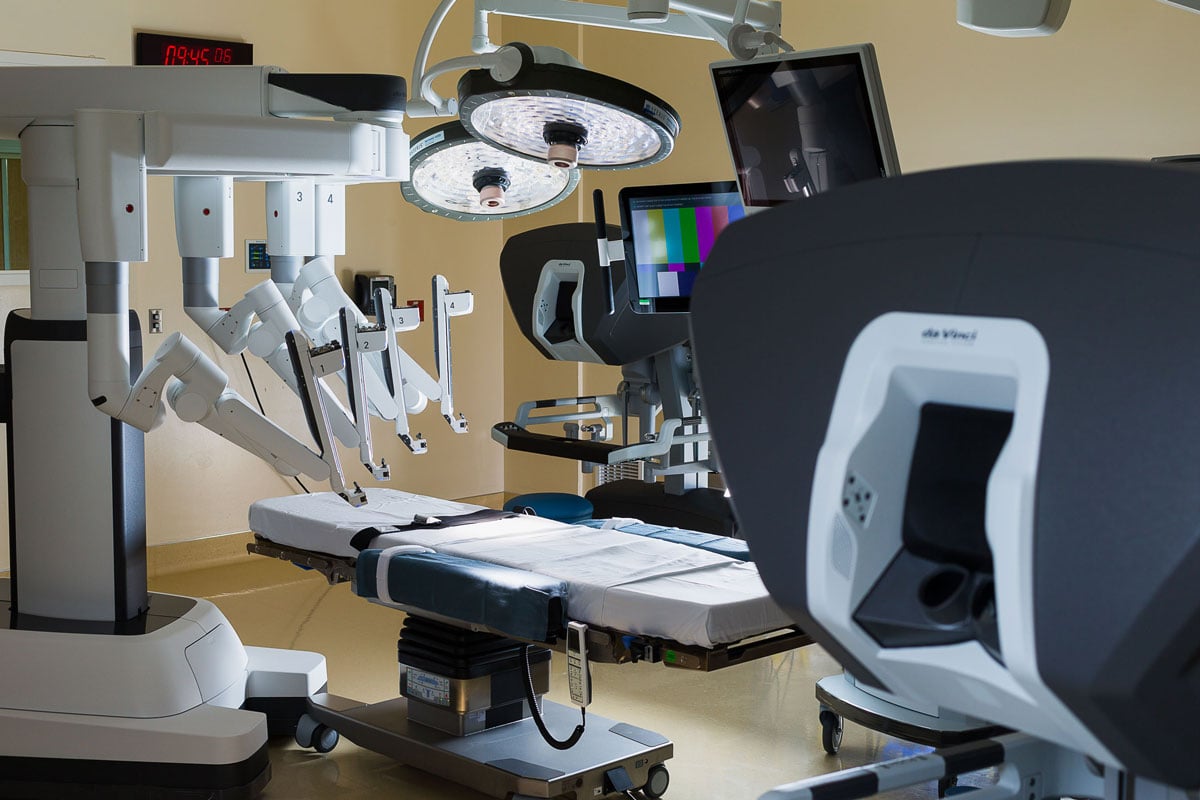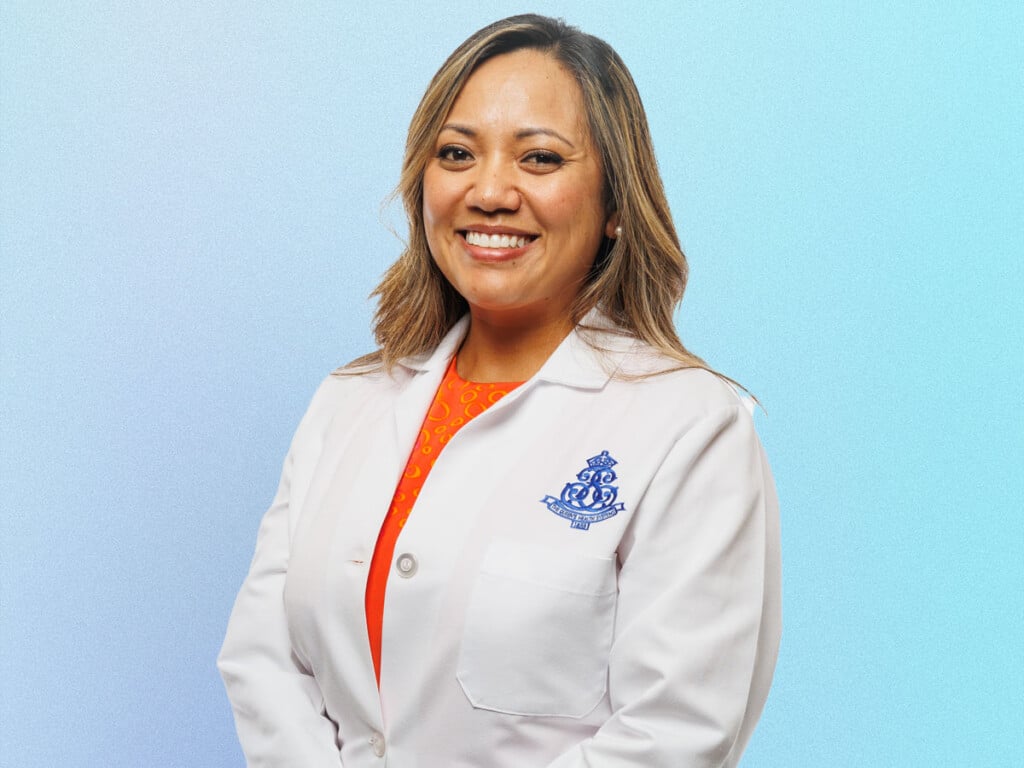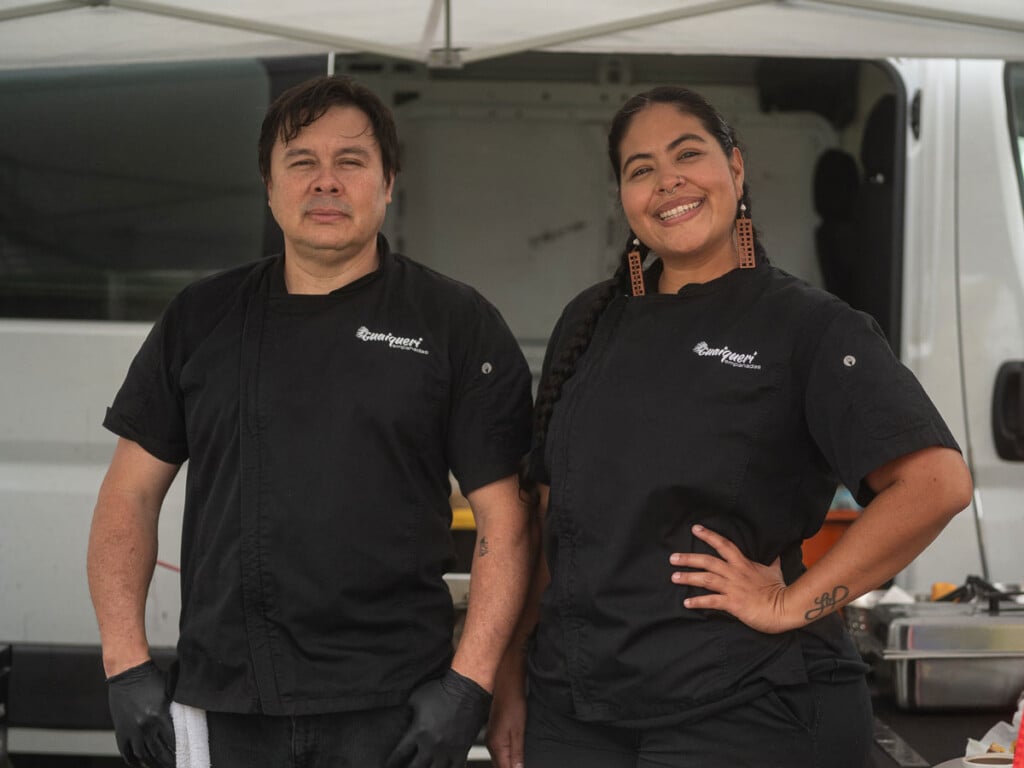Meet the Trailblazers of Hawai‘i’s Medical Field
As medicine evolves, Hawai‘i doctors are pioneering innovative treatments, allowing residents to receive cutting-edge care in the Islands.
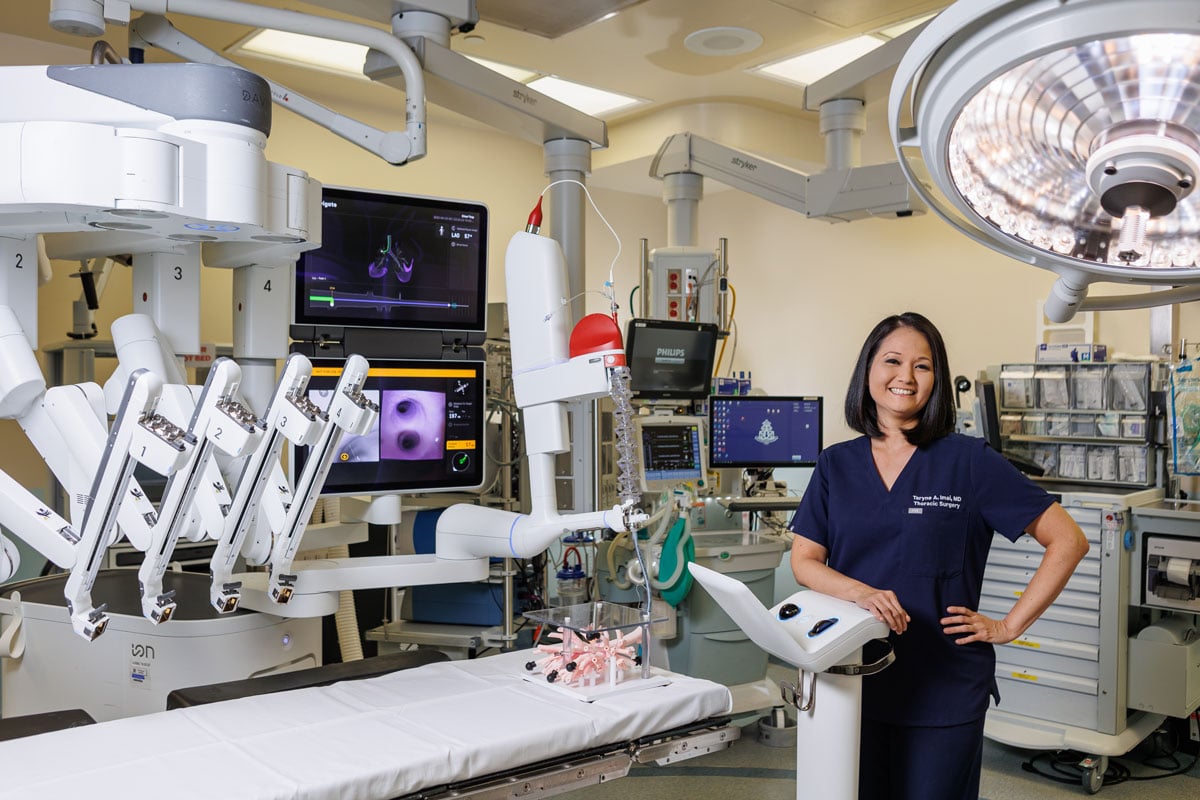
As medicine evolves, Hawai‘i doctors are pioneering innovative treatments, allowing residents to take advantage of cutting-edge care in the Islands. The treatments involve advanced robotics; immunotherapy and other newer cancer therapies; as well as less-invasive surgeries. Game-changing innovations are also providing patients with options to address congenital heart defects without open-heart surgeries. Now, instead of having to travel thousands of miles for care—and spending tens of thousands of dollars for such trips—local residents can be treated at local medical centers. Here are a few doctors forging this path.

Early Adopter
A robotic system that detects lung cancer earlier is now available in Hawai‘i.
Lung cancer is the deadliest cancer for both men and women, and Hawai‘i ranks last in the country for its early detection, Dr. Taryne Imai says. She’s on a mission to get Hawai‘i out of last place by using advanced robotics to diagnose lung cancer at earlier stages.
“Only 20% of patients of lung cancer actually will present at Stage 1 diagnoses, which then gives us the opportunity to go to surgery and offer a cure,” she says. “You have 80% of our patients that actually are too far advanced, and we really can’t offer very much.”
Hawai‘i’s poor ranking is what convinced Imai, a graduate of UH’s John A. Burns School of Medicine, to leave her job at the prestigious Cedars-Sinai Medical Center in Los Angeles and return home to Hawai‘i. “It kind of tugged at me a bit,” says Imai, who joined The Queen’s Medical Center in September 2022.
After all, her grandfather, a lifelong smoker whom she was very close to, died of lung cancer. “His passing was an impactful event in my life that led me to pursue medicine,” says Imai. “I chose thoracic surgery because I wanted to honor him and be a part of meaningful change in the fight against lung cancer.”
At Cedars-Sinai, Imai was an early adopter of the ION Navigational Bronchoscopy Robotic System, a lung nodule biopsy platform that can diagnose lung cancer at earlier stages and at smaller sizes—it can detect cancerous nodules smaller than a centimeter—offering greater chances of survival. When she moved to Hawai‘i, she brought the specialized robotic system to the Islands.
Prior to its arrival, Hawai‘i patients with a nodule of less than 1 centimeter had to wait until their nodule got bigger before it could be diagnosed.
The robotic system uses a scope that navigates a patient’s airway to perform a biopsy on a nodule, and is superior to other methods that biopsy from outside of the chest and have higher rates of complications. It also is more accurate, providing a definitive diagnosis 93% of the time.
Imai says that when a patient has early-stage lung cancer, doctors will immediately perform surgery using another robot called the Da Vinci Robot. This drastically cuts the wait times for surgery, which average eight to 10 weeks in Hawai‘i. “This program is only a year and a half old, and in only a year and a half time, we’ve actually done over 300 of these biopsies,” Imai says. “In our first year, we have diagnosed 95 lung cancers that otherwise would not have been diagnosed in Hawai‘i.”
Robotic surgery also leads to less postoperative pain and shorter hospital stays. “We really can start making an impact, not only in our state, but in the country with this new pathway to really improve survival and get patients lung cancer treatments in a much timelier fashion,” Imai says.

Game Changer
There’s now a procedure to bypass open-heart surgery.
Patients with congenital heart disease often require four to six open-heart surgeries in their lifetimes. But now there’s an alternative to open-heart surgery: the Harmony valve, which targets patients with congenital heart defects who need heart valve replacements. Kapi‘olani Medical Center is the first and only place in Hawai‘i that offers the treatment.
“Imagine these patients needing open-heart surgeries with a high complication rate and even a significant rate of mortality or dying. Now, these patients do not require open-heart surgery,” says Dr. Andras Bratincsak, who has practiced at Kapi‘olani for the past 12 years. “Lots of innovative, interventional procedures took over higher risk surgeries and therefore, the patients survive. Their quality of life gets better and basically life expectancies are now completely comparable to the rest of the population.”
A native of Hungary, Bratincsak earned his medical degree in Budapest and did his pediatric residency at the University of Hawai‘i before completing fellowships at the University of California, San Diego.
The Harmony valve helps patients with cases of pulmonary valve regurgitation, a life-threatening condition in which a valve does not close all the way, allowing blood to flow back into the heart. The Harmony valve was approved by the FDA in January 2023, and the first heart valve replacement in Hawai‘i occurred in June last year at Kapi‘olani Medical Center.
“The Harmony valve changes the entire game because it is a catheter-based heart valve replacement,” Bratincsak says.
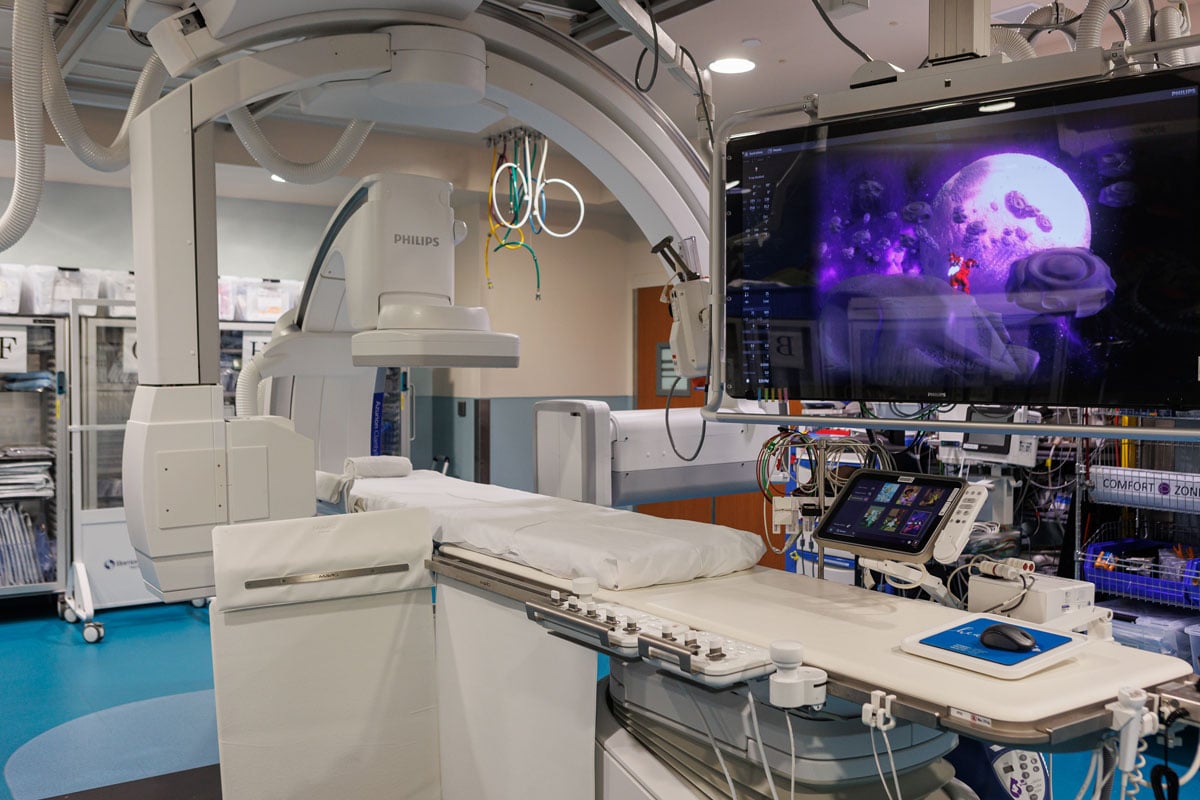
“What that means is I can replace the heart valve without opening the chest, without opening the heart, without stopping the heart from beating.”
Instead, he can guide a thin, flexible tube from the groin, through heart vessels and to chambers of the heart to replace the valve. It shortens what used to be a four- to five-hour open-heart surgery to a one- to two-hour procedure with a one-day recovery.
In 2022, Kapi‘olani opened its Pediatric Heart Center, which means patients who need critical heart procedures can stay in the Islands for care, Bratincsak says. The center, which also treats adults, is the only one in Hawai‘i focused on children with congenital heart disease.
He expects further innovations in the near future for pulmonic valve replacements, allowing even more patients to avoid open-heart surgeries. “Within five years, we will have a battery of 26 different heart valves that can be used for innovative cardiac catheterization procedures,” he says. “So, beyond these heart valve replacements that are continuously improving, longer lasting, less invasive and more forgiving, there are tons of other new innovative, interventional procedures that are being developed to replace higher-risk surgeries in infants, children and adults with congenital heart disease.”
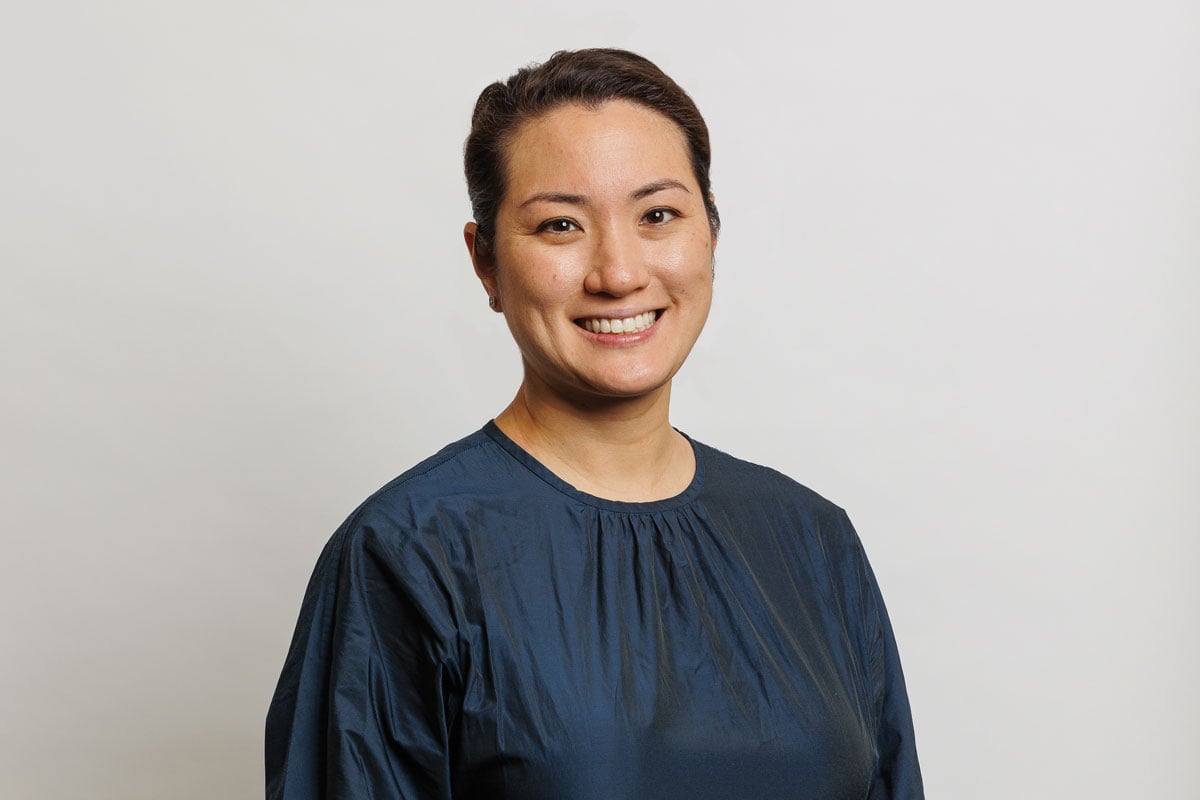
Immunotherapy Pioneer
CAR T-cell therapy uses a patient’s immune cells to fight blood cancers.
Since Dr. Stephanie Si Lim began offering innovative Chimeric Antigen Receptor T-cell therapy (CAR T-cell therapy) last summer, local cancer patients have been remaining in-state instead of traveling away for similar treatments.
“To expect them to travel thousands of miles across the Pacific Ocean, to be away from their family for a couple weeks, is not only psychologically taxing on them but also financially to where you got to pay for all the things, like Airbnbs or hotels,” says Si Lim, medical director for the Hawai‘i Pacific Health cellular immunotherapy program and an assistant professor at the University of Hawai‘i Cancer Center. “To be able to offer them that here I think is a huge milestone for this medical community, just because new patients can be safely treated here at home and not have to leave their support system.”
Si Lim, who was raised in Hong Kong and moved to the United States as a teenager, says she always knew she wanted to work with children. After taking a human anatomy course in college and volunteering at a children’s hospital, she decided to specialize in pediatric oncology. “Telling a parent that their child has cancer must be probably one of the worst days of their lives, and for you to be there and kind of guide them through it, I think there’s nothing really more important than that,” says Si Lim, who graduated from Georgetown University School of Medicine.
Si Lim moved to the Islands three years ago with her Hawai‘i-born-and-raised husband, whom she met on the mainland, and has been leading efforts ever since to increase clinical trial enrollment.
Unlike traditional chemotherapy, CAR T-cell therapy is a specialized cancer immunotherapy treatment that uses the patient’s own immune cells to target and fight specific blood cancers, such as B-cell acute lymphoblastic leukemia, B-cell lymphoma, and eventually multiple myeloma, in adults and children. The therapy was developed in the 1980s and has expanded rapidly in other states, but it was only recently approved by the FDA for children and adults in Hawai‘i through Si Lim’s efforts.
The CAR T-cell therapy process begins by collecting the patient’s immune cells, then sending them to a manufacturer who genetically modifies the cells to target a marker on cancer cells. After three to four weeks, the cells are infused back to the patient through IV. “We treated our first patient here on O‘ahu in August 2023. Since then, we’ve treated three patients in total … and they’ve all had phenomenal outcomes so far,” Si Lim says, adding that the patients are all in remission.
Eventually, Si Lim hopes the therapy can be used to help more people in the future. “I think it would be great if it can target more cancers,” she says.
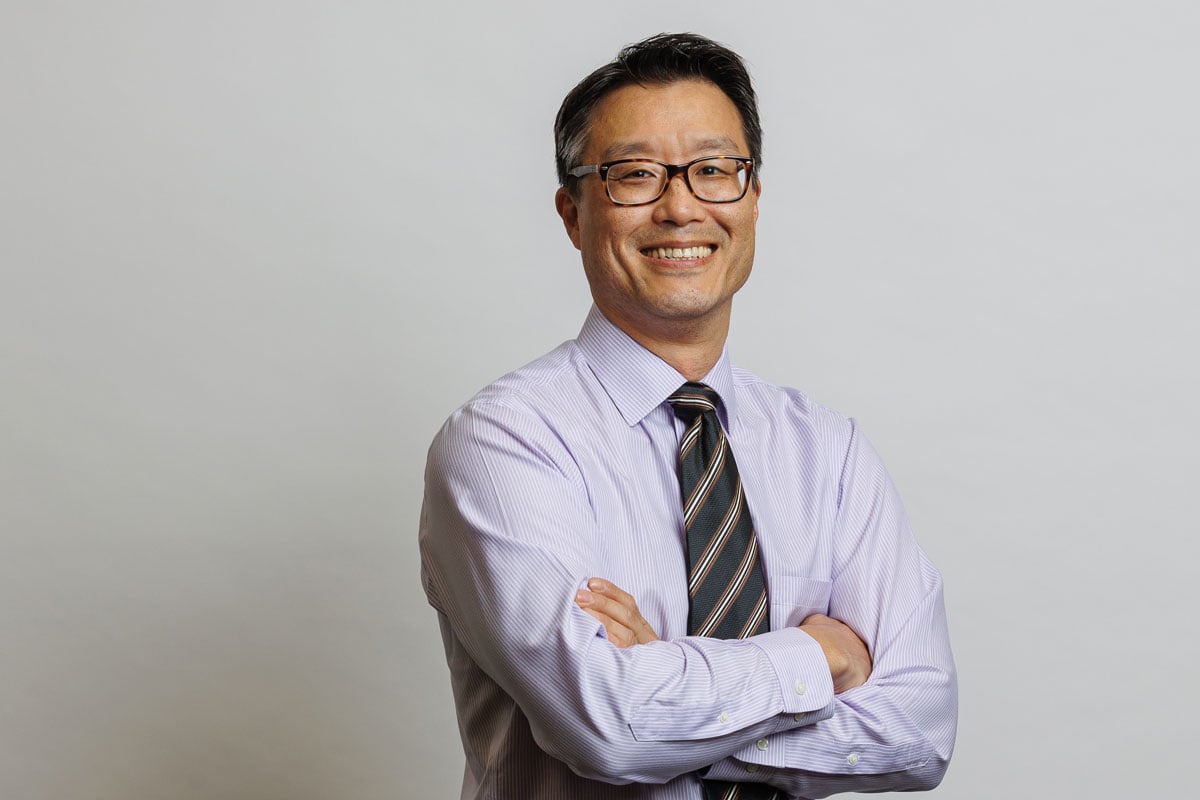
Forward Thinker
Transoral robotic surgery removes tumors in less invasive ways.
Advances in technology have led to a minimally invasive transoral robotic surgery system that can be used on patients with head and neck cancers, says Dr. Jae Lim, who introduced the procedure at Kaiser Permanente in Hawai‘i in 2019. The procedure is performed through the mouth, with no need for external incisions; Lim has performed 40 procedures since then. “We’ve been using it for several years here, treating both benign and cancerous tumors as well as obstructive sleep apnea.”
Lim received a medical degree and doctorate in neuroscience at Brown University before completing his residency at the University of Washington in Seattle. He moved to Hawai‘i and started working at Kaiser Permanente in 2015.
The transoral robotic surgery system consists of an endoscope attached to a high-definition camera, and two robotic arms attached to various surgical instruments that the surgeon controls on a separate console. “It really provides a high-definition magnified view of the area that you’re operating to allow for the removal of various tumors,” Lim says.
Prior to the introduction of transoral robotic surgery, head and neck cancers required radical surgeries originating from outside of the face. But now, with robotics and smaller instruments, surgeries can be done through the mouth. For patients, that means less pain and faster recovery times.
“We’re really focusing on improving the quality of life for the patient by minimizing the side effects of treatment,” Lim says. So instead of going right to surgery, chemotherapy and radiation, the mindset has shifted to treating the cancer, first, with an immunotherapy drug that can shrink the tumor before having the surgery. This could potentially save a patient from having to undergo radiation treatment and deal with its side effects, Lim says.
As transoral robotic surgery continues to evolve, Lim says he expects the instruments used in the surgery to get even smaller, which will allow doctors to remove tumors deeper in the throat. “I look forward to what’s ahead,” he says. “All of these things are happening, and I’m just glad that we’re able to be part of this process to bring these technologies to Hawai‘i and offer the patients the same treatment that can be offered anywhere else in the world.”
